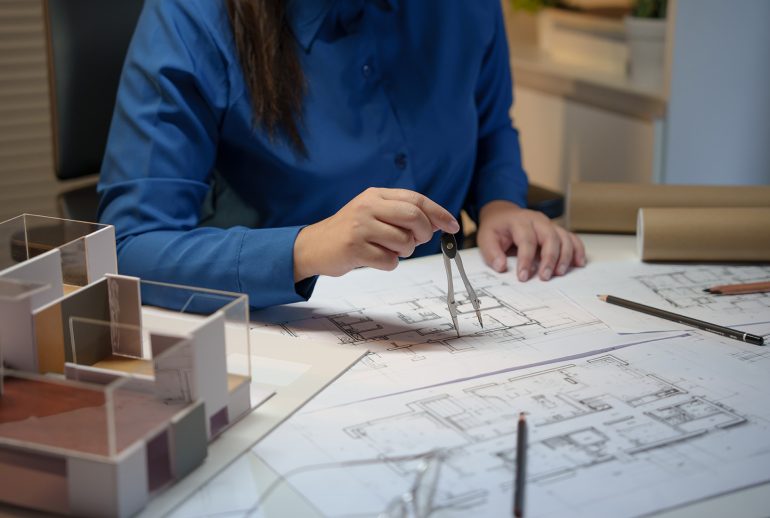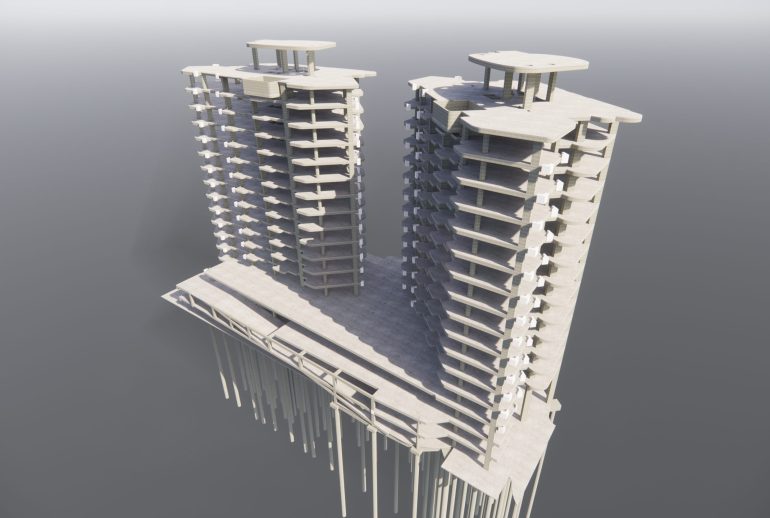
In the past, traditional construction relied on 2D drawings, often leading to miscommunication, errors, and costly rework. Without a unified system, architects, engineers, and contractors struggled to stay on the same page, causing inefficiencies. However, with the advent of **Building Information Modeling (BIM)**, this has drastically changed.

Here are some key ways BIM has transformed the construction and design industry:
- **Enhanced Collaboration and Communication**Before BIM, project coordination involved multiple, disconnected plans from different stakeholders. Each team (architects, engineers, contractors) would generate their own set of documents, often leading to discrepancies and project delays. Now, with BIM, all parties can work from the same digital model, updated in real-time. This integrated workflow leads to better communication, reducing the chance of costly errors and improving project outcomes.
- **Improved Cost and Time Efficiency**BIM allows for better cost estimation during the design phase, giving stakeholders accurate insight into how changes will affect budgets. For instance, a report by McKinsey estimates that **BIM can reduce the cost of design-related errors by 75%** because issues can be spotted and addressed before construction begins. Additionally, scheduling data integrated within the BIM model allows for better time management, reducing project delays.
- **Visualization and Design Optimization**In the past, visualizing the final project based on 2D plans required interpretation, which led to misunderstandings between clients and contractors. BIM provides 3D visualizations that allow clients to understand the design fully. Changes to the model can be made quickly, optimizing the design before physical work begins. This has significantly reduced the number of design changes made during construction, leading to smoother projects.
- **Sustainability and Energy Efficiency**With the rise of sustainable construction, BIM allows designers to evaluate energy performance in real time, optimizing materials, insulation, and energy systems. Before BIM, such analyses were conducted separately, leading to less effective results. Now, projects using BIM have seen an estimated **10% to 20% improvement in energy efficiency**, as found by the National Institute of Building Sciences.
- **Risk Mitigation and Reduction of Rework**Traditional methods often resulted in a high degree of rework due to miscommunication or design flaws that were not detected until construction. Rework can account for up to **30%** of construction costs. With BIM, potential clashes or errors are identified early in the design phase, significantly reducing rework and saving both time and money.
Why Business Owners and Developers Are Embracing BIM for Their Projects
Business owners and developers are increasingly choosing Building Information Modeling (BIM) for their projects due to its proven impact on project success. BIM enhances collaboration across teams by providing a unified, data-rich platform, resulting in better communication and fewer errors during construction. Its ability to improve planning accuracy, from cost estimates to scheduling, helps reduce unexpected expenses and delays—key factors for developers aiming to stay within budget.
Moreover, BIM’s focus on sustainability is an added advantage, as it allows companies to integrate energy-efficient designs from the start, aligning with growing environmental concerns. Developers also appreciate the long-term benefits, such as improved asset management, making future renovations and maintenance more efficient and cost-effective. These tangible improvements in project quality, speed, and long-term value are why BIM is becoming a preferred solution in the industry.

Conclusion
BIM has revolutionized the construction and design industry by improving collaboration, reducing costs, and increasing efficiency. These advancements have not only helped professionals deliver higher-quality projects but also made the construction process smoother and more reliable for clients. As BIM continues to evolve, the future of construction looks increasingly promising, with smarter, faster, and greener projects on the horizon.





